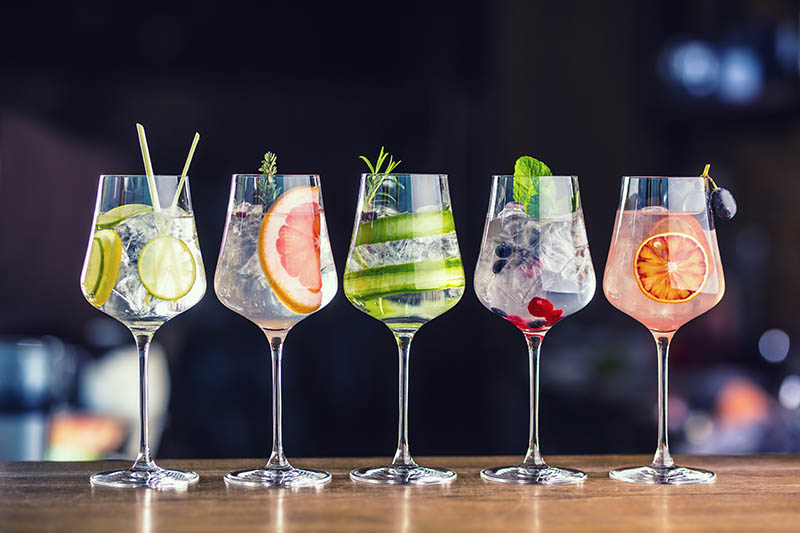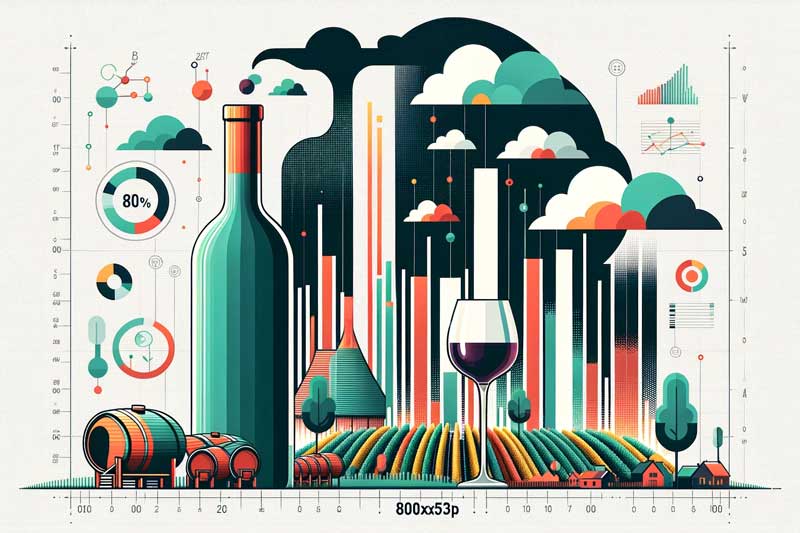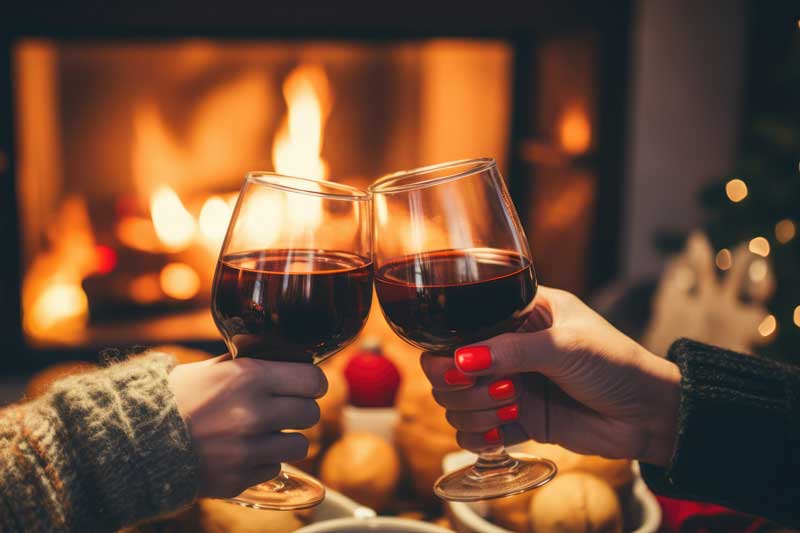Millennials are loving an old-fashioned drink — especially one made with premium whiskey.
In the alcohol industry, the spirits market is having a resurgence and growing at unmatched rates. Spirits now account for 37.4% of the beverage alcohol market. Volume is up 5 million cases from last year, and this segment of the industry saw its ninth-consecutive year of sales growth, totaling $44 billion in sales. And millennials are the spirits industry’s biggest customer.
Millennials want premium products
Just 29% of all legal-aged drinkers are considered millennials, but this group is purchasing more than 32% of all spirits. They’re also buying the fancy stuff.
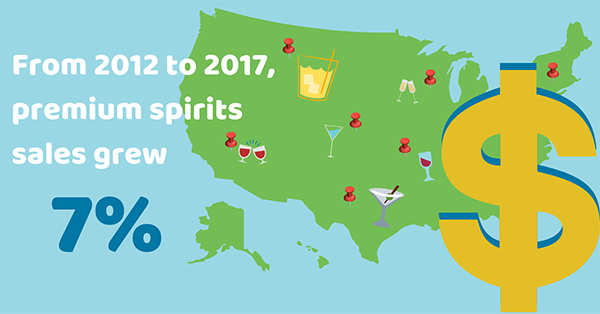
After a few steady years of overall economic growth, consumers, particularly millennials, are seeking high-end, premium products when they’re drinking. From 2012 to 2017, premium spirits sales grew 7%.
Millennials also care more about what ingredients go into their product and the effect those ingredients could have on their bodies.
Consumers are turning to spirits because it’s a lower calorie option with superior ingredients than the beer they consumed during their college years.
The experience of spirits
Millennial drinkers want to try something new. When it comes to a new cocktail, 80% will try something new. These premium spirits give them a more exciting drinking experience than ordering the same glass of wine or draft beer weekend after weekend.
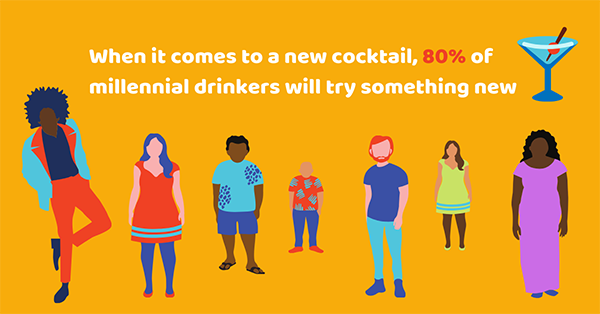
“These robust results show adult consumers are continuing to favor spirits over beer and wine, particularly among millennials,” said Distilled Spirits Council President and CEO Chris Swonger said in a company report. “The spirits sector is benefiting from millennials who demand diverse and authentic experiences, and desire innovative and higher-end products.”
On top of the product providing millennials a good drinking experience, this group also wants to enjoy their cocktail in a trendy bar. Then, they want to take an Instagram photo of their drink that will gain them likes and add to the overall experience that comes with the cocktail.
Distilleries and brands are offering high-quality experiences for customers to cater to this need and foster brand loyalty. For example, Evan Williams opened The Evan Williams Bourbon Experience in Louisville to give drinkers a destination and a high-quality, hands-on experience.
Craft distilleries on the rise
It’s hard to call craft distilleries a niche anymore. This segment of the industry grew 15.5% from 2017 to 2018, with 1,835 active distilleries in the U.S., according to American Craft Spirits Association (ACSA) report called the Craft Spirits Data Project.
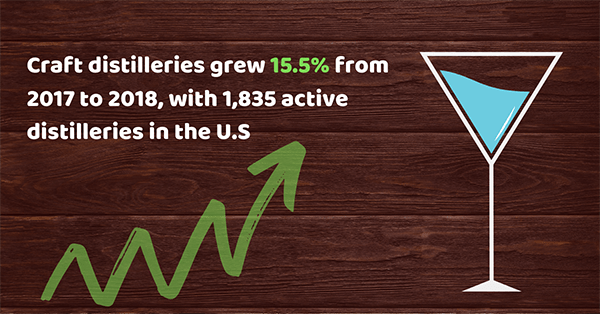
Employment in the craft industry also grew last year to 18,300, or about more than 10 employees per distillery. Like Evan Williams, distilleries are offering experiences that are making the distillery a destination for consumers.
A consumer’s desire for a premium and unique product has fueled craft distilleries’ growth, as well as, the growth of craft cocktail bars.
Vodka, the clear winner
Vodka remained the sector’s largest category, representing one-third of all spirits sales. Vodka revenue was up 2.9% percent from last year, totaling $6.4 billion in sales.
Premium American whiskey and tequila also saw substantial sales growth from last year. As more consumers crave craft cocktails, whiskey and tequila are spirits of choice for a unique flavor.
Growing your brand
If you’re looking to grow in the spirits market, build a social media presence for your brand. It’s a strong way to show your current customers, and prospective ones, the type of experience they can have drinking your product. You can also use analytics solutions to determine what types of spirits are selling best – and which aren’t – and using that to plan ahead.
If you run a cocktail bar, you can also consult with your staff and mixologists on new craft cocktails that will draw customers to your local. If you’re on the brand side, you can suggest drinks that would go well with your leading spirits to help attract customers to order your drink while at the bar.
Related Reading:
- 10 Wine Trends to Watch for in 2019
- Women and Wine: The Perfect Pairing
- How to Stay Ahead of the Changing Wine Consumer
- 87% of Utilities Have Experienced at Least One Data Breach in Last Three Years - February 5, 2024
- Can Drones Lower Your Next Utility Bill? - January 10, 2024
- Onshore Wind Farms Are The Next Big Thing In Renewable Energy - December 6, 2023

